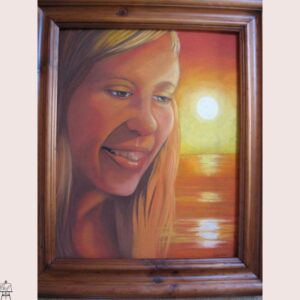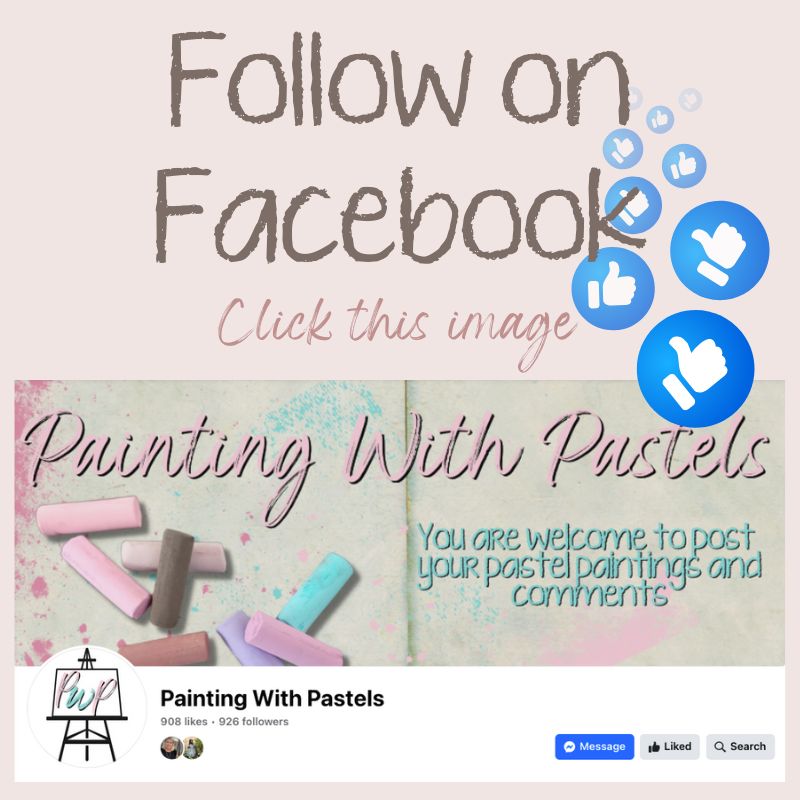Is it worth putting your paintings into cheap picture frames?
A comment on my Facebook page the other day said that the artist would love to get into pastel painting, but the cost of framing the painting was too high.
Now I can relate to that 100%, as taking your paintings to a good framer will cost quite a bit. Unless you are a recognized artist, you can’t, in good faith, add the cost of the framing to the price of the painting. When you are starting, increasing the cost of the painting to cover the framing is often not an option.
So here are some tips that I use to make my art more affordable.
Where to find cheap frames:
Search for cheap picture frames from garage sales, yard sales, recycle shops, thrift stores, op shops, 2nd hand stores, and anywhere else you can find them. Don’t try the antique stores – they are too expensive.
Search on Craigslist, eBay, or your country’s internet trading site.
Check the state of the frame:
Ensure the frame has:
- Firmly set at the corners.
- No mould.
- Not warped or bowed or bent out of shape.
- No weevil or borer or any other insect in any wood.
- No rust if it is metal.
Make sure the frame has glass, and check that it has no scratches or marks.
It doesn’t matter if it has a matt board, but if it does, make sure there are no watermarks on it. This could result in mould, and the backing board may be damaged.
It doesn’t matter if the painting inside is a bit creased. This could mean that it has come away from the backing board; however, make sure it hasn’t come away due to dampness.
Some of the above can be difficult to do if you are buying online, so ask for a photo of both the back and the front.
Look to see how the backing board has been put in place. Some “staples” are reusable (they’re the best), but if you’re serious, it is worth investing in a stapler designed for framing—you can get inexpensive DIY ones.
You want to make sure that the overall frame is in good condition and that the backing board will come off easily.
Framing:
I choose and size the paper to fit the frame – not the other way around.
Even though it is great to have a mat board, that will mean learning the art of framing. You don’t need one at all, as you can see above. It is quite acceptable to have the painting hard against the glass (in fact, some artists prefer this method). The key is to make sure your glass is spotless.
This painting has no mat board and is hard up against the glass. A beautiful wooden frame

Wash the glass thoroughly – I use hot water and a micro-fibre cloth.
Once it is completely dry, I spray it with an anti-static spray from my optometrist (along with the cloth)—this is specially designed for glasses (spectacles) and is perfect for the inside glass of your pastel painting.
I wear a pair of cotton gloves while handling the dry glass.
If the painting already has a mat board and it fits the painting, then you can use it if you wish.
If you don’t, you will need to pack between the back of the painting and the backing board so it is a tight fit, so use the mat board for this purpose.
What to look for in a frame:
Go for frames that are plain wood and not too wide.
You can paint wooden ones; I recommend you do if they are already painted.
Keep to the plain color metal frames.
Your aim is to show off your painting, not the frame. A good framer will choose a frame that enhances the painting; when you buy cheap picture frames, you don’t always have the luxury of “enhancing” your painting.
On the back of the picture, you can then put the name of the painting along with your artist’s name – I always add, “This is an original pastel painting; please take care when re-framing”.
The idea is to protect and show your painting. If someone wants to purchase it, make sure they are aware of the delicacy of pastel and suggest that they get it framed by a reputable framer.
I hope these tips help.

If you’re wanting step by step lessons head over to the Shop and view my books.
I’d appreciate you sharing this article:




0 Comments